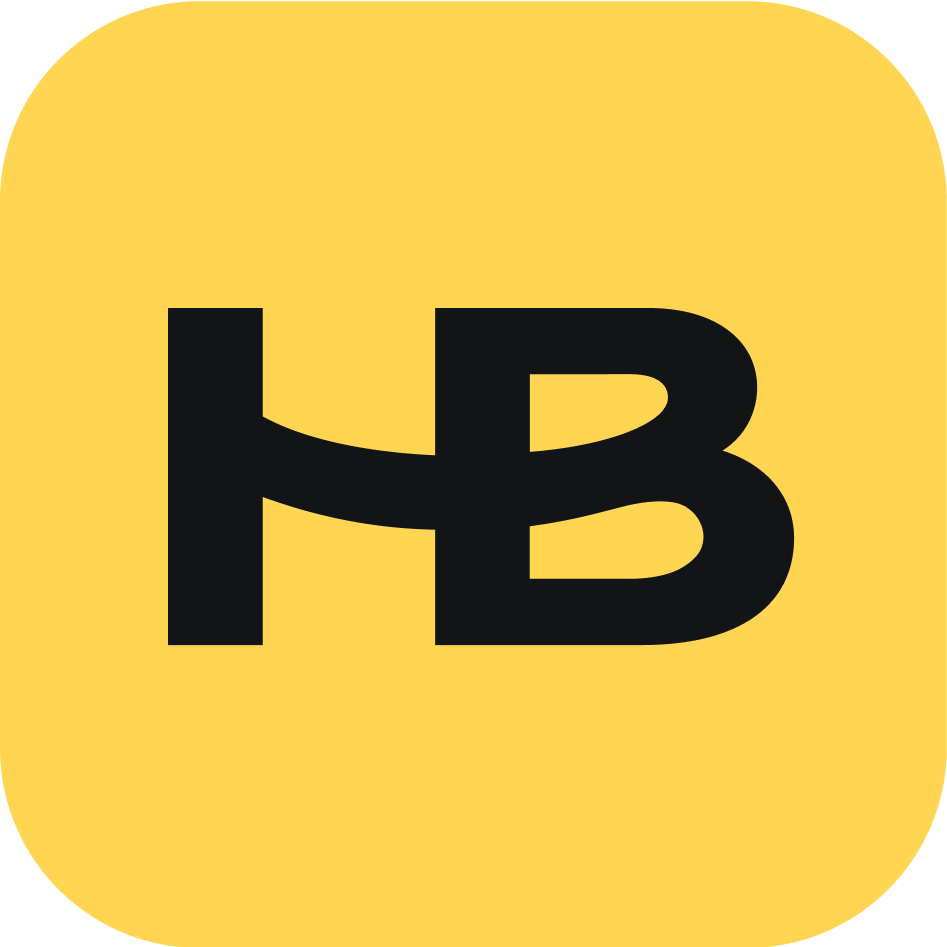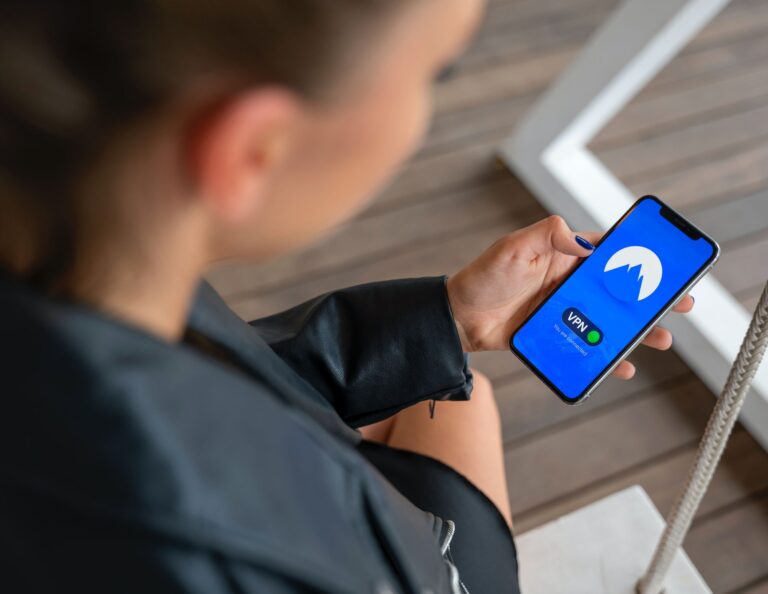Learn how to use scheduling at key points throughout your clientflow so you can protect your time and optimize your processes. When scheduling is easy, you can offer a great client experience and make your work easier!
Scheduling is a core process in any independent business. Whether you’re meeting with leads, discussing projects with clients, or delivering your services through a booked session, you need a good way to manage it all.
By understanding your clientflow, you can better determine how to structure your scheduling process and share your availability with different audiences. The result? More successful meetings, and a better way to get paid for your time.
To use scheduling more successfully, start by determining what your current process looks like. How are you scheduling time with leads, clients, vendors, and more? Map your clientflow to see all these touchpoints. Then, move forward with optimizing at each step.
Jump to:
- Make sure you’re using a scheduling software
- Communicating with leads and selling services
- Combining book and pay
- Managing your project
- Connect scheduling with your clientflow
Make sure you’re using a scheduling software
To schedule more efficiently, you first need to make sure you’re using scheduling software. If you’re just relying on going back and forth via email, you’re risking leads dropping off, poor client relationships, and less opportunity to combine scheduling with other actions.
With a scheduling system, you can make sure your availability is automatically updated. Most sync with whichever calendar you use (Google, Outlook, Apple. etc.) to make sure people can’t schedule over blocks that are already booked.
This makes it easier to share your availability and eliminates the risk of double booking. Your clients will also thank you for using a system that lets them find the best time for their schedule.
With an online booking calendar like HoneyBook, just follow these setup steps to get set up and start taking appointments.
- Sync with your calendar – Make sure your scheduler is connected with the calendar you use so that leads and clients have the most accurate view of your availability.
- Set up your session types – Within your scheduler, set up the different types of sessions you want to offer to leads and clients. This might include discovery calls, client meetings, consultations, mini-sessions, and more. By organizing your time by session types, you can structure your calendar to ensure you have time for all meeting types each week.
- Set up buffers – Especially if you offer in-person meetings, you don’t want to be rushing with back-to-back meetings booked. As you’re setting up your scheduler, give yourself at least five or ten minutes in between bookings to give yourself time for travel, debriefing, or just taking a quick break.
- Turn on meeting reminders – Make sure you have meeting reminders turned on so your clients don’t forget they have time booked with you. You can customize the schedule of reminders and even set them to remind you as well.
Once your scheduler is set up, you can determine the best ways to share it at each step in your clientflow.
Communicating with leads and selling services
When leads enter your pipeline, there are a few ways you can share your scheduler to set up discovery calls and consultations. It all depends on your process for evaluating leads as well as your workload when it comes to meeting with prospective clients. Based on how you share your scheduler, you can jump into a call immediately, or choose to save that time for leads who are a bit more qualified.
Allow website visitors to schedule with you
If your process works best with 1:1 time right off the bat, you can link your scheduler throughout your website. This way, anyone who visits can book time with you, which can be a great option for new business owners who are looking to expand their pool of leads. Just keep in mind that these visitors will be at the very top of your funnel, so they won’t be qualified leads. You’ll have minimal information about them before you join a meeting.
Share scheduling with new inquiries
If you want to wait to schedule a meeting with more interested leads, you can offer your scheduler link once someone has filled out your contact form. At this step, they would have provided some information in your contact form, so you’ll know more about them versus anyone who schedules immediately from your website. You may be able to come more prepared for a call with the right sales pitch and service options that fit their needs.
Share scheduling after you have more information from leads
Because you might not want to overload your contact form with too many questions, you can also wait to send your scheduler once you’ve had more touchpoints with your leads.
Once someone inquires through your contact form, you can trigger an automated email that includes your pricing guide, questionnaire, and scheduler.
With this information, you’re giving your leads the opportunity to learn more about you and your services, provide more information about themselves, and then move forward with a call or meeting.

Pro Tip: Use HoneyBook to send an interactive file that includes your pricing list, intake questionnaire, and scheduler (or other sales files). With everything combined into one branded file, you can create a more professional first impression for inquiries.
Waiting to send your scheduler at this point can help you evaluate your clients a bit more before you’re dedicating time to speak with them one-on-one.
Combining book and pay
For businesses that accept payment for sessions and consultations (photographers, consultants, and more) you need a process that combines scheduling with accepting payment.
In this case, make sure your clients have a way to pay for the session they book in one step, rather than booking time and paying later. With the latter scenario, you can risk non-payment or having time slots booked that aren’t fully confirmed, leaving less time on your calendar for other clients.
Instead, share your scheduler along with an online invoice to collect payment to ensure your clients are paying for their time slots as they’re booked.
One example could be building a file that includes a questionnaire, scheduler, invoice, online contract, and payment. Your clients will provide information that you need to conduct a consultation or sessions, then move forward with booking time and paying.
With HoneyBook, you can customize which actions you include before and after scheduling–it all depends on your process. If you don’t need to gather information, skip the questionnaire. Or, if you don’t accept payment, skip the invoice.
Managing your project
Throughout your projects, you also need scheduling in order to set up time with your current clients. You might need time to review designs, give your clients instructions for photo sessions or event days, or review project statuses and next steps.
One way to make it easy for clients to schedule time with you is to include your scheduler link in your email signature. That way, while you’re communicating about your project, your client can easily click and book time with you to talk more in-depth about what you’re working on.
No matter how you communicate with your clients, be sure to set up sessions that are specific to your needs. As you move through projects, you’ll want to have the opportunity to quickly share your availability with clients if needed.
Connect scheduling with your clientflow
With an optimized clientflow, scheduling isn’t just a step that leads and clients take. It becomes a core action that moves leads to becoming clients, helps you get paid for your services, and maintains a good client relationship.
With a clientflow management platform, you can ensure that you’re using scheduling effectively at each step. With other systems, you might be able to share your availability and sync with your calendar, but it won’t be as cohesive, customized, or branded.
Explore how to combine scheduling with other actions in your clientflow.
Leverage the leading clientflow platform to schedule, pay, and more
HoneyBook offers everything independents need to get their work done and provide their services, including intuitive scheduling.
Start free trial


